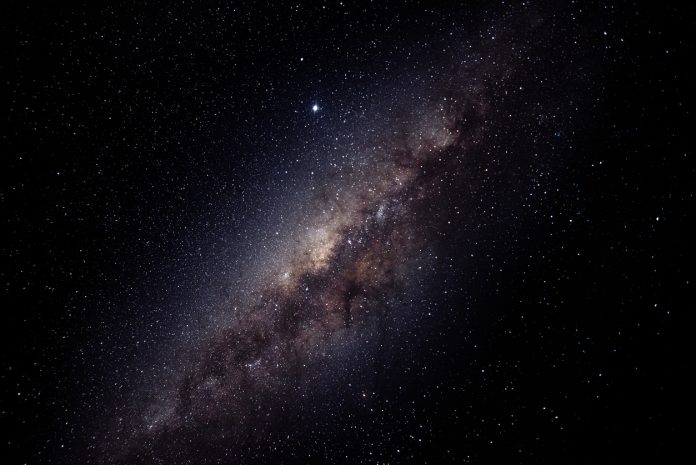Citizen scientists participating in the Planet 9 project have helped uncover a rare and extraordinary star, J1249+36, which is heading through the Milky Way at an incredible speed
This hypervelocity L subdwarf star, first noticed due to its rapid movement across the sky, may even be on a trajectory to exit our galaxy entirely.
Identifying stars machines might miss
The discovery, led by UC San Diego Professor Adam Burgasser and announced at the 244th national meeting of the American Astronomical Society in Madison, Wisconsin, marks a significant milestone in astronomy.
The star was initially identified by volunteers looking through data from NASA’s Wide-field Infrared Survey Explorer (WISE) mission, showing the invaluable contributions of over 80,000 citizen scientists in detecting anomalies that machines might miss.
J1249+36 caught attention with its speed of about 600 kilometres per second (1.3 million miles per hour), fast enough to break free from the Milky Way’s gravitational grip.
J1249+36 escaping the Milky Way
To investigate further, Burgasser’s team used the W.M. Keck Observatory in Hawaii to analyse its infrared spectrum, revealing it as a rare L subdwarf star, among the oldest and least massive stars in our galaxy.
UC San Diego alumnus Roman Gerasimov and UC LEADS scholar Efrain Alvarado III developed new atmospheric models that precisely matched J1249+36’s observed spectrum. This breakthrough allowed the team to determine the star’s exact position and velocity, confirming its potential to escape the Milky Way.
Reasons behind this phenomenon
Two main theories have been proposed to explain J1249+36’s remarkable journey. One possibility is that it was once a companion to a white dwarf star. In close orbits, white dwarfs can accumulate mass from their companions, sometimes leading to supernova explosions. If J1249+36’s white dwarf companion exploded, it would have propelled J1249+36 into its current high-speed trajectory.
Another theory suggests J1249+36 might have been ejected from a globular cluster, a dense group of stars often containing black holes. Interactions with a black hole binary could have catapulted the star out of its cluster, setting it on its current path.
To determine which theory is correct, researchers plan to examine J1249+36’s elemental composition. Traces of heavy elements from a supernova or specific abundance patterns from a globular cluster could provide crucial clues.











